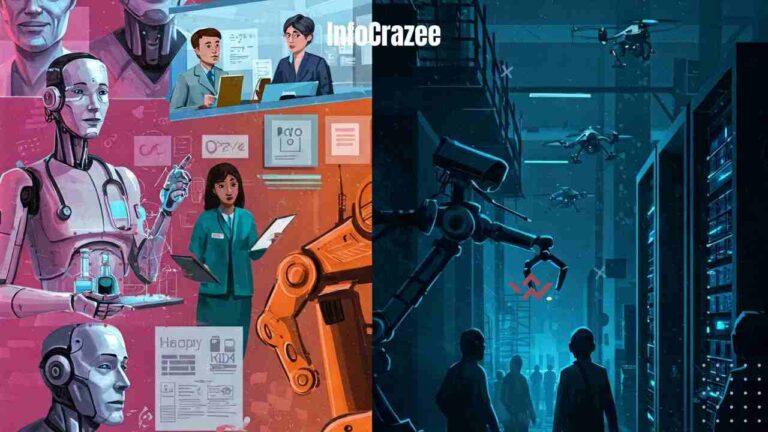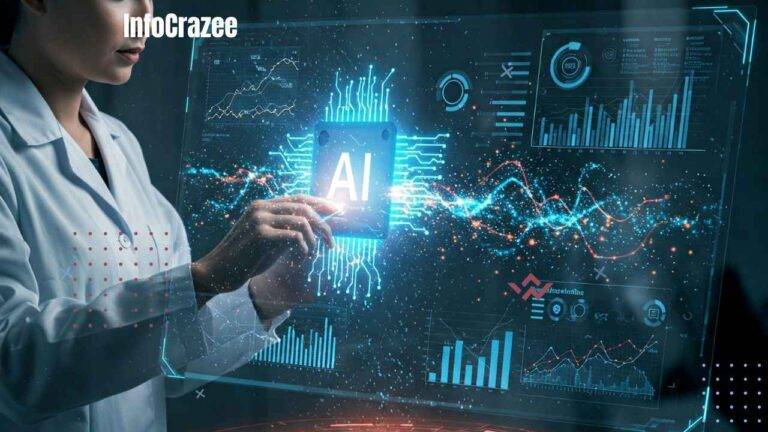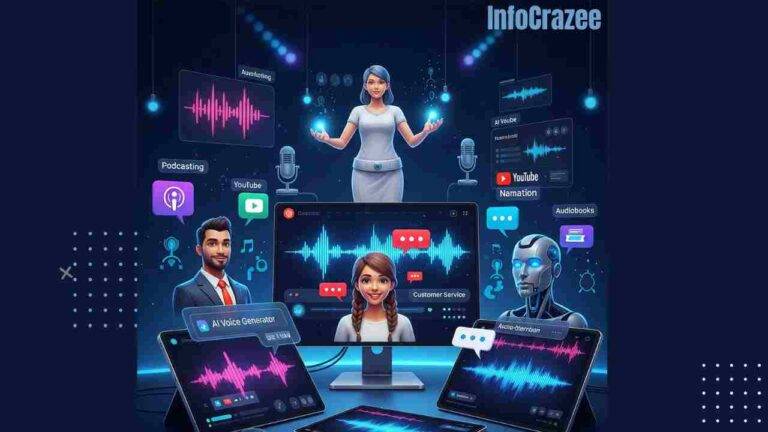How AI Is Changing Creative Work in Art, Music, Writing, and Design
Imagine a world where artists sketch ideas with the help of a robot assistant, musicians jam with AI-powered tools, and writers get help shaping stories from smart algorithms. That world isn’t in the future—it’s already here. AI is changing the way we create, and it’s not about replacing humans. It’s about giving creators new tools to think, explore, and express themselves.
Let’s take a closer look at how AI is shaking things up in art, music, writing, and design.
AI in Art: Paintbrushes Get a Digital Upgrade
You’ve probably seen those stunning digital portraits that look hand-painted but were actually created by AI. Tools like DALL·E, Midjourney, and DeepArt can turn text descriptions into detailed artwork in seconds. Artists are using these tools not to cut corners but to experiment faster and bring bold ideas to life.
How Artists Use AI:
- Generating inspiration: Type a prompt like “a futuristic city under a pink sky” and see it visualized instantly.
- Speeding up drafts: AI can create base sketches, which artists can then tweak by hand.
- Collaborating with the machine: Some artists see AI as a creative partner—not a replacement.
Real-world example: Artist Refik Anadol creates digital installations powered by AI, using data to turn memories and dreams into flowing visuals on building-sized screens.
Music That Learns Your Style
AI-generated music might sound strange, but it’s becoming surprisingly common. Platforms like AIVA, Amper Music, and Soundraw can compose original tunes in different styles, moods, and tempos. Whether you’re a game developer needing background music or a songwriter looking for a starting melody, AI can help.
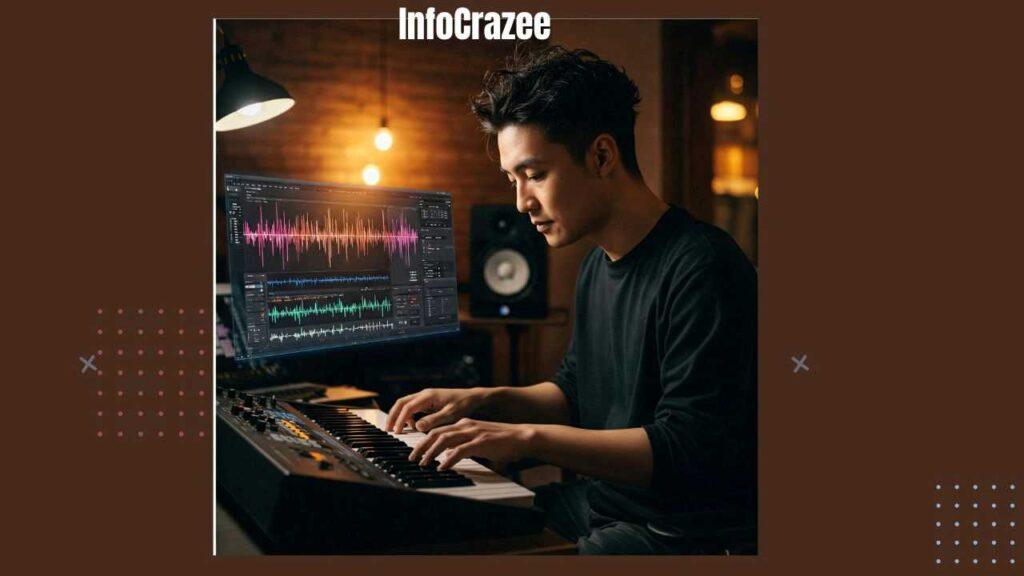
Cool Ways Musicians Use AI:
- Create quick demos to test new ideas.
- Experiment with sounds they wouldn’t normally try.
- Compose royalty-free music for YouTube videos or podcasts.
Some artists even train AI models on their own music. This way, the AI learns their style and helps produce new tracks with a similar vibe.
Fun fact: Grammy-winning artist Taryn Southern released an entire album composed with AI tools—blending human emotion with machine-generated melody.
Writers and AI: Brainstorming Buddies
AI writing tools like ChatGPT, Jasper, and Sudowrite are becoming go-to helpers for bloggers, marketers, novelists, and even poets. They don’t write bestsellers on their own, but they’re great at beating writer’s block and offering new angles.
How Writers Benefit from AI:
- Get fresh ideas when you’re stuck.
- Polish up drafts with grammar and tone suggestions.
- Speed up repetitive writing like product descriptions or social media posts.
Real talk: AI won’t replace a good writer’s voice or personal stories—but it can help you get started faster and finish stronger.
Designers Get a Smart Assistant
In graphic design and UX/UI, AI helps turn rough sketches into polished visuals. It can also automate time-consuming tasks like resizing, background removal, or font matching.
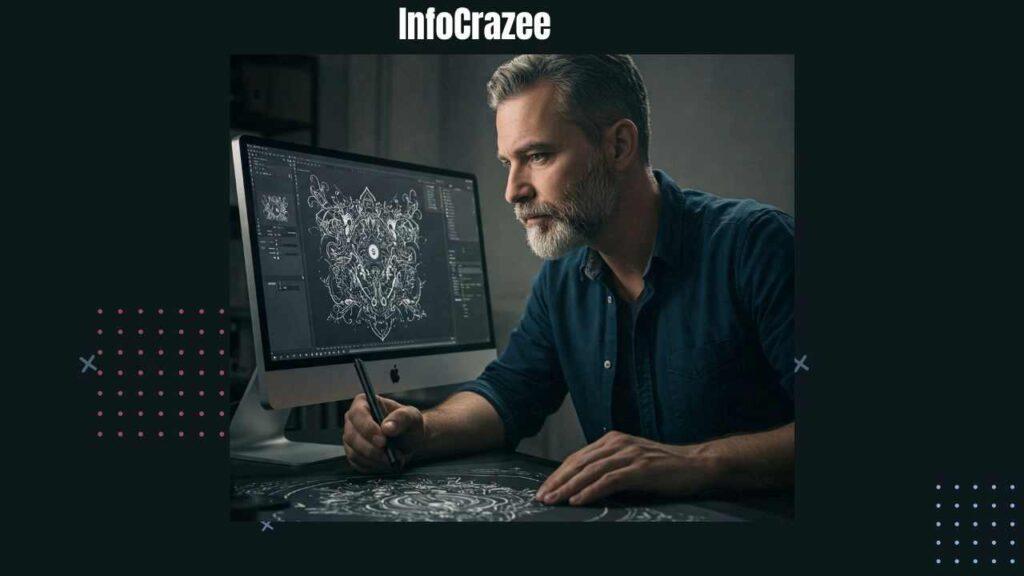
AI Tools Designers Love:
- Canva’s Magic Design suggests layouts based on your content.
- Adobe Sensei assists with smart edits and design suggestions.
- Looka and other AI logo makers help non-designers build branding fast.
It’s not about robots replacing designers—it’s about letting them spend more time being creative and less time dragging layers around.
Will AI Kill Creativity? Nope—It’ll Supercharge It
Here’s the truth: AI is a tool. Just like a paintbrush, guitar, or typewriter, it depends on how you use it.
AI can’t feel emotions, draw from personal memories, or tell a story that truly moves someone. That’s still your job. But it can help you get to the good stuff faster—and maybe even inspire you in new ways.
A Few Things to Keep in Mind
- Ethics matter: Just because AI can generate art or text doesn’t mean we should copy others’ styles without permission.
- Creativity still needs a human touch: Your experiences, emotions, and imagination are irreplaceable.
- Stay curious: Play with AI, explore its possibilities, but stay grounded in what makes your work yours.
Final Thought
At the end of the day, AI isn’t here to take over. It’s here to help us think bigger, work smarter, and maybe even dream wilder. Whether you’re painting, writing, making music, or designing an app—smart tech can be your sidekick in creativity.
FAQs
Q1: Can AI really create original art or music?
AI generates work based on patterns it learns from data. While it can make new combinations, it doesn’t “feel” or “think” like a human. It’s best used as a creative assistant, not a solo artist.
Q2: Is using AI in writing or art considered cheating?
Not if you’re transparent and use it ethically. Think of AI as a tool—like using Photoshop or Grammarly. The magic still comes from your ideas and personal touch.
Q3: Do I need to be a tech expert to use AI tools?
Not at all. Many AI tools today are super user-friendly. If you can type a sentence or drag and drop files, you can start experimenting with AI right away.



